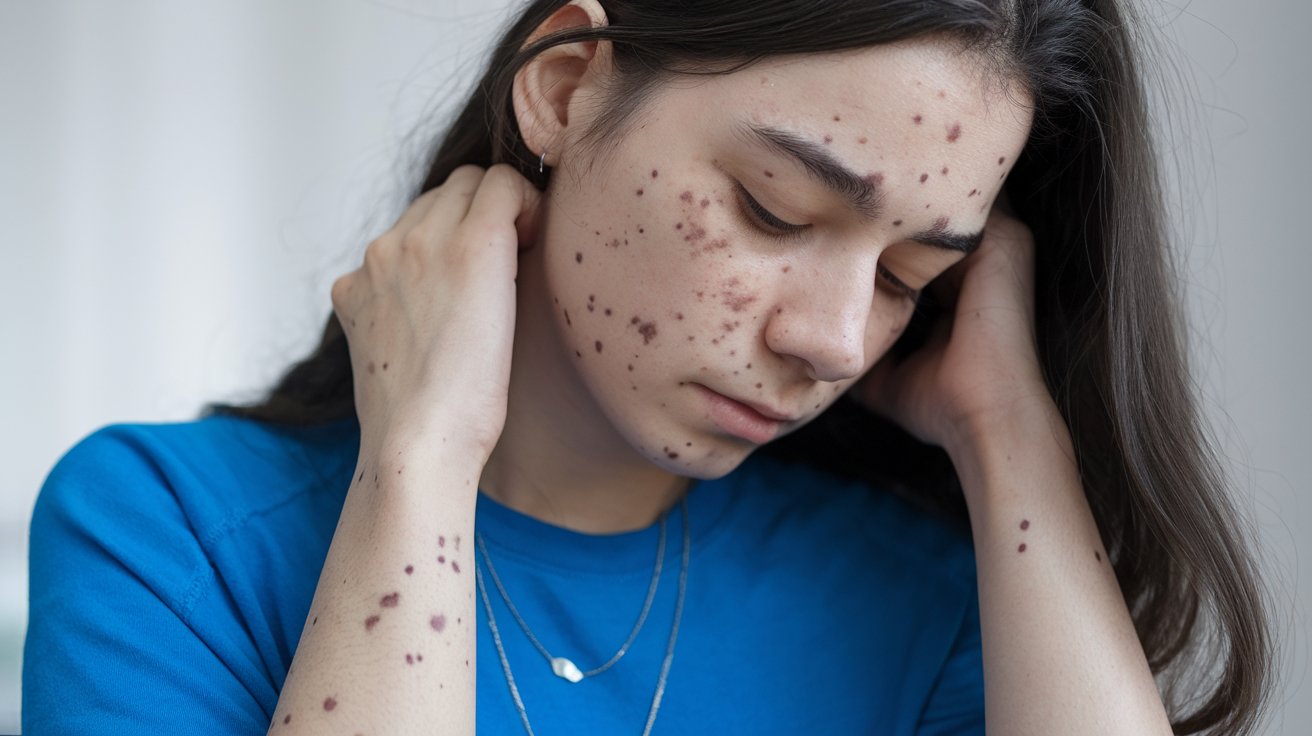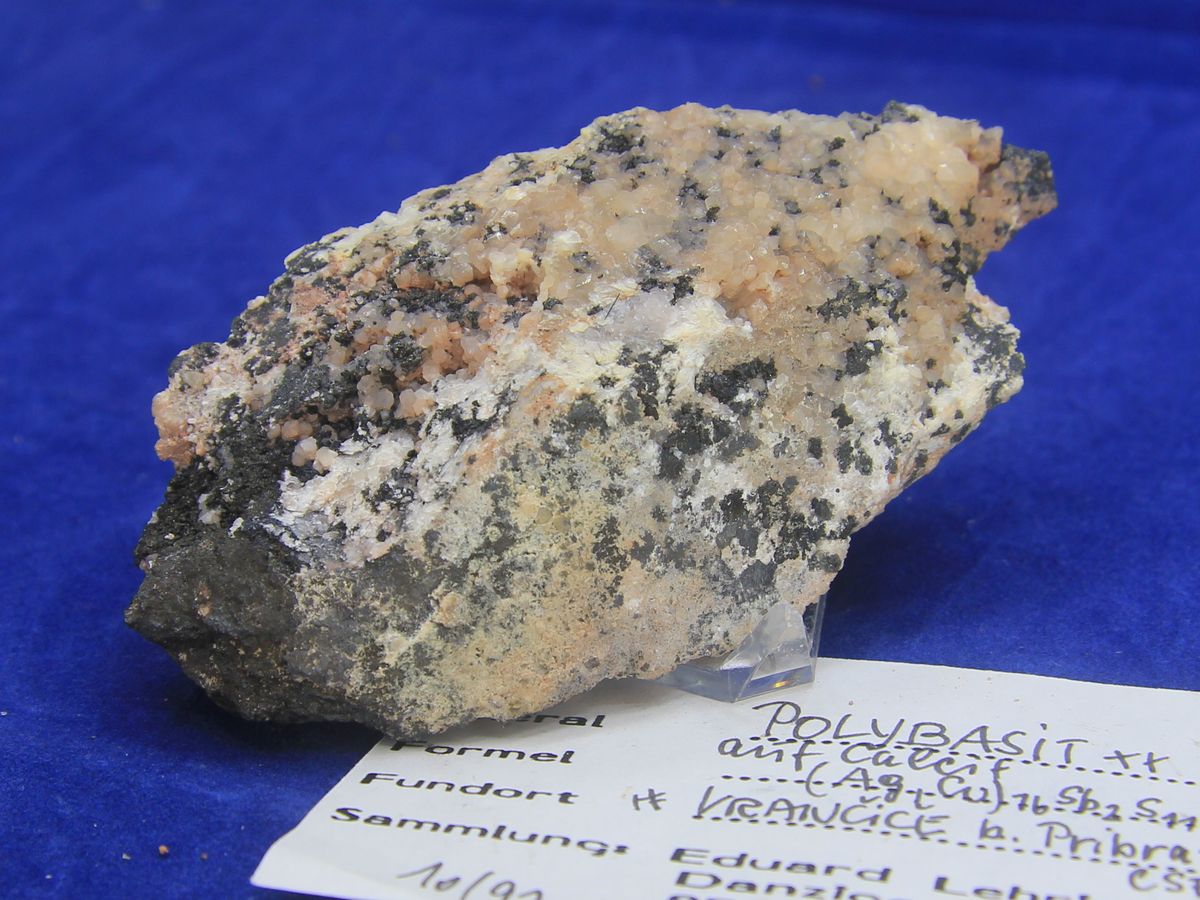
Romano-Ward Syndrome is a rare genetic disorder that affects the heart's electrical system, leading to irregular heartbeats. This condition can cause sudden fainting, seizures, or even sudden death if not managed properly. Romano-Ward Syndrome is inherited in an autosomal dominant manner, meaning only one copy of the altered gene is needed to cause the disorder. Symptoms often appear during childhood or adolescence, making early diagnosis crucial. Treatment typically involves medications like beta-blockers or, in severe cases, the implantation of a defibrillator. Understanding this syndrome can help manage risks and improve quality of life for those affected.
Key Takeaways:
- Romano-Ward Syndrome is an inherited heart condition that can cause irregular heartbeats, fainting, and even sudden death. It is diagnosed through genetic testing, family history, and heart monitoring, and can be managed with medications, lifestyle changes, and surgical interventions.
- Living with Romano-Ward Syndrome requires exercise restrictions, medication adherence, emergency preparedness, and psychological support. Ongoing research is leading to improved diagnostics, personalized treatments, and support resources for patients and families.
What is Romano-Ward Syndrome?
Romano-Ward Syndrome (RWS) is a genetic disorder that affects the heart's electrical system. It can lead to irregular heartbeats, which might cause fainting or even sudden death. Here are some intriguing facts about this condition.
-
Inherited Condition: RWS is passed down through families in an autosomal dominant pattern, meaning one copy of the altered gene is enough to cause the disorder.
-
Long QT Syndrome: This syndrome is a type of Long QT Syndrome (LQTS), which affects the heart's repolarization process after each heartbeat.
-
Gene Mutations: Mutations in at least 17 different genes can cause RWS, with the most common being KCNQ1, KCNH2, and SCN5A.
-
Symptoms: Symptoms often include fainting, seizures, and palpitations, especially during exercise or stress.
-
Sudden Death Risk: Without treatment, RWS can lead to sudden cardiac death, particularly in young people.
How is Romano-Ward Syndrome Diagnosed?
Diagnosing RWS involves a combination of medical history, physical exams, and specific tests. Here are some key points about the diagnosis process.
-
Electrocardiogram (ECG): An ECG measures the heart's electrical activity and can detect prolonged QT intervals, a hallmark of RWS.
-
Genetic Testing: Identifying mutations in the genes associated with RWS can confirm the diagnosis.
-
Family History: A detailed family history can reveal patterns of sudden death or fainting, suggesting a genetic cause.
-
Holter Monitor: This portable device records heart activity over 24-48 hours to catch irregularities that might not show up during a standard ECG.
-
Exercise Stress Test: This test monitors the heart's response to physical activity, which can trigger symptoms in RWS patients.
Treatment Options for Romano-Ward Syndrome
Managing RWS involves lifestyle changes, medications, and sometimes surgical interventions. Here are some treatment strategies.
-
Beta Blockers: These medications help control heart rate and reduce the risk of sudden death.
-
Lifestyle Modifications: Patients are often advised to avoid strenuous exercise and stress, which can trigger symptoms.
-
Implantable Cardioverter-Defibrillator (ICD): This device monitors heart rhythms and delivers shocks to correct dangerous arrhythmias.
-
Left Cardiac Sympathetic Denervation (LCSD): A surgical procedure that reduces the risk of arrhythmias by cutting nerves that influence heart activity.
-
Regular Monitoring: Ongoing check-ups with a cardiologist are crucial for managing the condition effectively.
Genetic Aspects of Romano-Ward Syndrome
Understanding the genetic basis of RWS can help in managing the condition and providing family counseling. Here are some genetic insights.
-
Autosomal Dominant Inheritance: Each child of an affected parent has a 50% chance of inheriting the disorder.
-
Variable Penetrance: Not everyone with the genetic mutation will show symptoms, making diagnosis challenging.
-
Genetic Counseling: Families with a history of RWS can benefit from genetic counseling to understand their risks and options.
-
Prenatal Testing: For families with known mutations, prenatal testing can determine if the fetus has inherited the condition.
-
Gene Therapy Research: Scientists are exploring gene therapy as a potential future treatment for RWS.
Impact on Daily Life
Living with RWS requires adjustments to daily routines and activities. Here are some ways it can affect everyday life.
-
Exercise Restrictions: Patients often need to avoid high-intensity sports and activities.
-
Medication Adherence: Regularly taking prescribed medications is crucial to prevent complications.
-
Emergency Preparedness: Knowing CPR and having an emergency plan can be lifesaving.
-
Psychological Impact: The risk of sudden death can cause anxiety and stress, requiring mental health support.
-
Family Planning: Genetic risks need to be considered when planning a family.
Research and Advances
Ongoing research is crucial for improving the understanding and treatment of RWS. Here are some recent advances.
-
Genetic Discoveries: New gene mutations linked to RWS are being identified, broadening the understanding of the condition.
-
Improved Diagnostics: Advances in genetic testing and imaging techniques are making diagnosis more accurate.
-
Personalized Medicine: Tailoring treatments based on individual genetic profiles is becoming more feasible.
-
New Medications: Researchers are developing new drugs to better manage symptoms and reduce risks.
-
Clinical Trials: Ongoing clinical trials are testing innovative treatments and interventions.
Support and Resources
Support networks and resources can help patients and families cope with RWS. Here are some available options.
-
Patient Support Groups: Connecting with others who have RWS can provide emotional support and practical advice.
-
Educational Resources: Websites, books, and pamphlets offer valuable information about living with RWS.
-
Cardiology Specialists: Seeing a cardiologist with experience in RWS is essential for effective management.
-
Mental Health Services: Counseling and therapy can help address the psychological impact of the condition.
-
Financial Assistance: Some organizations offer financial aid for medical expenses related to RWS.
Famous Cases and Awareness
Raising awareness about RWS can lead to better understanding and support. Here are some notable cases and awareness efforts.
-
Public Figures: Some athletes and celebrities have shared their experiences with RWS, helping to raise awareness.
-
Awareness Campaigns: Organizations run campaigns to educate the public and healthcare professionals about RWS.
-
Media Coverage: News stories and documentaries have highlighted the challenges of living with RWS.
-
Advocacy Groups: These groups work to improve research funding and support for RWS patients.
-
Social Media: Platforms like Twitter and Facebook are used to share information and connect with others affected by RWS.
Future Directions
The future holds promise for better understanding and managing RWS. Here are some potential developments.
-
Advanced Genetic Testing: More comprehensive testing could identify all genetic mutations linked to RWS.
-
Gene Editing: Techniques like CRISPR might one day correct the genetic mutations causing RWS.
-
Artificial Intelligence: AI could improve diagnosis and treatment planning by analyzing large amounts of patient data.
Understanding Romano-Ward Syndrome
Romano-Ward Syndrome, a genetic disorder, affects the heart's rhythm, leading to potentially dangerous arrhythmias. Knowing the symptoms—like fainting, seizures, and sudden cardiac arrest—helps in early detection. Genetic testing can confirm the diagnosis, making it easier to manage the condition with medications or lifestyle changes.
Living with Romano-Ward Syndrome means regular check-ups and possibly avoiding strenuous activities. Family members might need testing since it's inherited. Awareness and education about this condition can save lives.
If you or someone you know shows signs of Romano-Ward Syndrome, consult a healthcare professional. Early intervention can make a significant difference. Stay informed, stay safe, and take proactive steps to manage this condition effectively.
Frequently Asked Questions
Was this page helpful?
Our commitment to delivering trustworthy and engaging content is at the heart of what we do. Each fact on our site is contributed by real users like you, bringing a wealth of diverse insights and information. To ensure the highest standards of accuracy and reliability, our dedicated editors meticulously review each submission. This process guarantees that the facts we share are not only fascinating but also credible. Trust in our commitment to quality and authenticity as you explore and learn with us.


